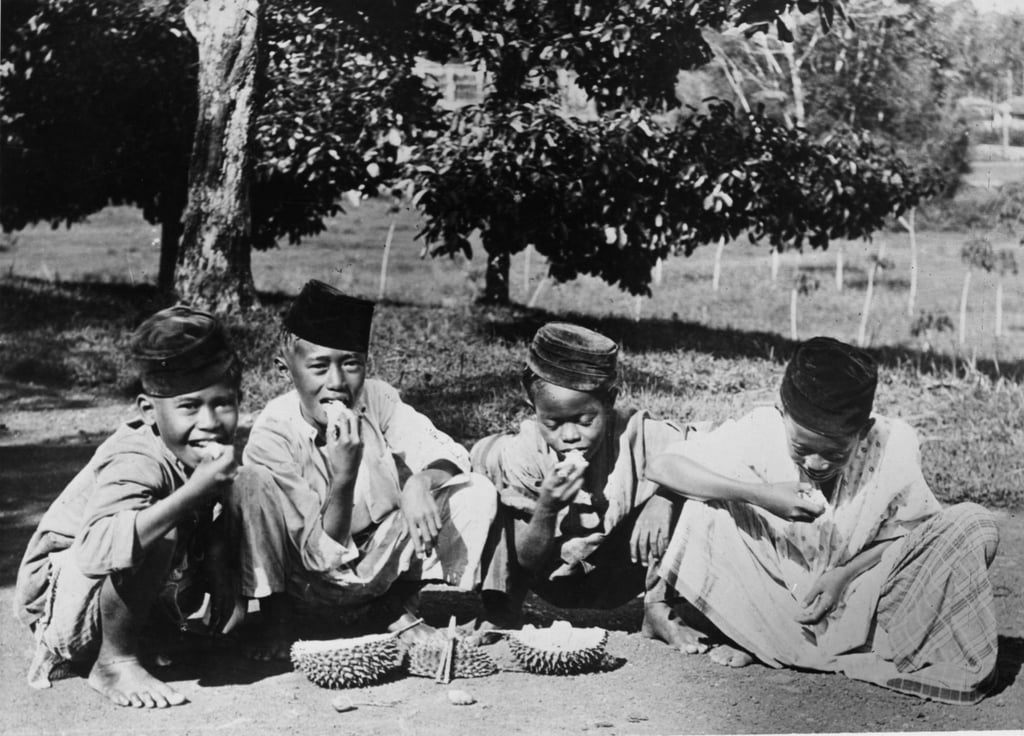Reflections | When an ancient Chinese voyager tried durian, and the rise of Malaysia’s cultivars
- A ‘putrid beef’ smell but an ‘exceptionally sweet and delicious’ taste, wrote Ma Huan in his 1451 book, of the durian he ate in Sumatra

I met a couple of friends I know from Hong Kong in Malaysia last week. One of the highlights was us polishing off two really good durians in Petaling Jaya, the city next to Kuala Lumpur.
Well, it was a highlight for the two Malaysians and one Singaporean in our group. Our long-suffering Australian friend had no choice but to endure the fruit’s distinctive odour, his affronted senses assuaged only by an inadequate coconut.
Growing up in the 1970s and ’80s, I recall that there was only a single season, around the middle of the year, when one could enjoy durians. Now, with new cultivation techniques, durians are available almost every other month.
Also, there were not so many varieties back then. Among Singaporeans at the time, Thai durians were considered superior to, and were more expensive than, Malaysian ones. I remember one Thai cultivar called Mon Thong (“golden pillow”) that was a rare treat.

Then, something wonderful happened to durian farmers in Malaysia. I don’t know what experiments in crossbreeding or cross-pollination they did, but the results were nothing short of life-changing for connoisseurs of durians, and the people who planted them.
The first Malaysian durian with a name that I remember was the D24, also known as the Sultan durian. The popularity of D24 in the 1990s sowed the seeds for the domination of multiple Malaysian cultivars in the Malaysian and Singaporean durian markets in the years to come.
